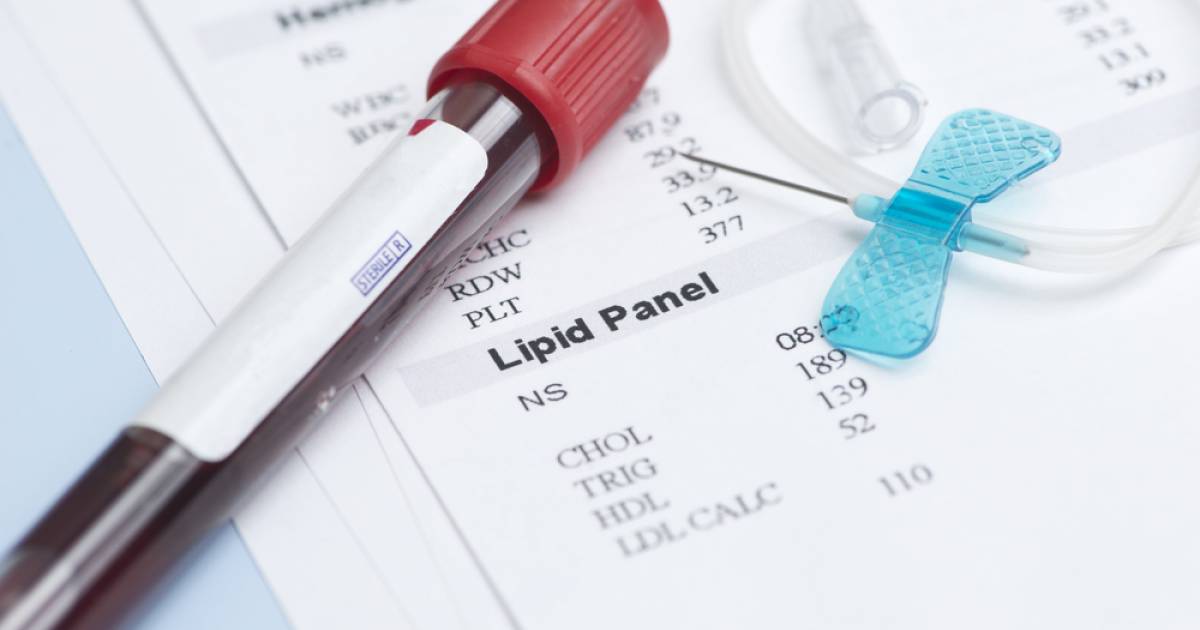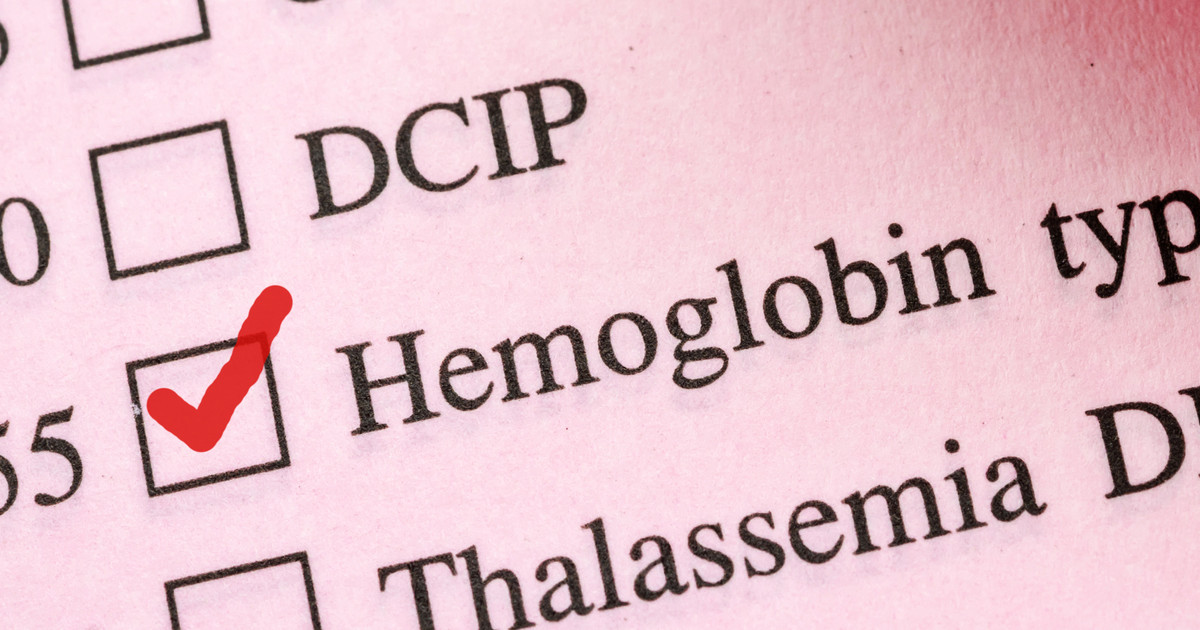Blood-Test Breakdowns That Could Make You The Sherlock Holmes of Hematology
5. Cholesterol Test

A lipid profile, lipid panel, or complete cholesterol test measures how many triglycerides and how much cholesterol is in an individual's blood. Cholesterol tests are used to determine the extent of a patient's risk of heart disease. High cholesterol can cause plaques to build up in the arteries, which can lead to a narrowing or blockage that could be life-threatening. Individuals with high cholesterol readings tend to have significantly higher risks of developing coronary artery disease. A complete cholesterol panel measures four lipids found in the blood. Patients will get a total cholesterol reading that measures their blood's cholesterol content. This is broken down further into high-density lipoprotein (HDL) cholesterol readings, low-density lipoprotein (LDL) cholesterol readings, and triglyceride readings. LDL cholesterol leads to plaque buildup in the arteries. However, HDL cholesterol carries LDL cholesterol away and keeps arteries unblocked.
6. Hemoglobin Testing

Hemoglobin is a vital protein in red blood cells. It is responsible for carrying oxygen to organs and other tissues and bringing carbon dioxide back to the lungs. Hemoglobin testing involves measuring the amount of hemoglobin an individual has in their blood. In most cases, individuals will undergo hemoglobin testing as part of a complete blood count. However, this test can be isolated as well. Doctors will often order a hemoglobin test if the patient is dealing with abnormal fatigue, dizziness, weakness, or shortness of breath. These symptoms may indicate that a patient has an underlying medical condition, such as anemia or polycythemia vera. A patient's hemoglobin will be low if they have anemia. It will be elevated for polycythemia vera. Hemoglobin testing is also helpful when patients are undergoing treatment for both conditions, as it allows doctors to assess the effectiveness of their treatment.
